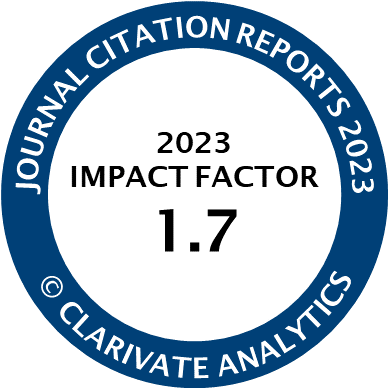Article | Open Access
Crisis, Urban Fabrics, and the Public Interest: The Israeli Experience
| Views: | 1931 | | | Downloads: | 992 |
Abstract: The relation between urbanization and pandemics is not new. In fact, the “reformative” urban plans of the late 19th and early 20th centuries sought the addition of green patches, reliable running water systems, good sanitation, and sunlight to fend off the common ailments of the industrial city. No wonder then that these urban planning elements are also compatible with the Covid-19 era, as ample green and low-density areas are supposed to ensure or at least support quality of life and good health, even amid the health crisis we face today. This article examines whether additional elements tie together urban fabrics and coping with crises, particularly pandemics. To answer this question, I examine national urban planning in the state of Israel from the mid-20th century onwards. Urban planning in Israel has implemented theories and precedents from Europe and America; however, Israeli planners have also included nationalist-ideological contents in their work, so that the state and its interests have dictated their planning. The article concludes that the state interest of producing a cohesive society has created Israeli urban fabrics with community values and proximity to green areas, which are better suited for individual coping with crises involving the denial of personal freedom, whether due to a pandemic or any other reason. Accordingly, it proposes viewing these elements as suggestive of the need for significant involvement by public representatives in future urban renewal efforts.
Keywords: communality; Covid-19; ideological planning; state planning; urban fabrics
Published:
© Hadas Shadar. This is an open access article distributed under the terms of the Creative Commons Attribution 4.0 license (http://creativecommons.org/licenses/by/4.0), which permits any use, distribution, and reproduction of the work without further permission provided the original author(s) and source are credited.




